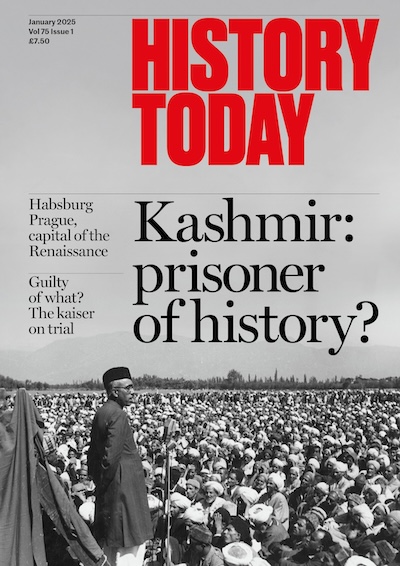Faces of Crime in Later Medieval England
J.B. Post builds a rich image of the world of criminality and justice at the end of the Middle Ages.
In History Today (August 1984) Nigel Saul told a story of violent death and ruthless ambition among the landowning gentry, when murder, mayhem, and protracted litigation were used to settle the territorial inheritance left by Sir Edmund Pashley in 1327. Perhaps no case can ever be described as typical, but the elements of dynastic ambition, private or public violence, and ready recourse to the courts of law are familiar ingredients of many true tales from the fourteenth and fifteenth centuries. Indeed, much of the recent research on crime in this period has been contained in studies of local and regional power politics. So Dr Saul's conclusion is hardly surprising: 'it is preferable to approach the study of medieval crime by looking at particular episodes... than by attempting to measure it statistically'.





